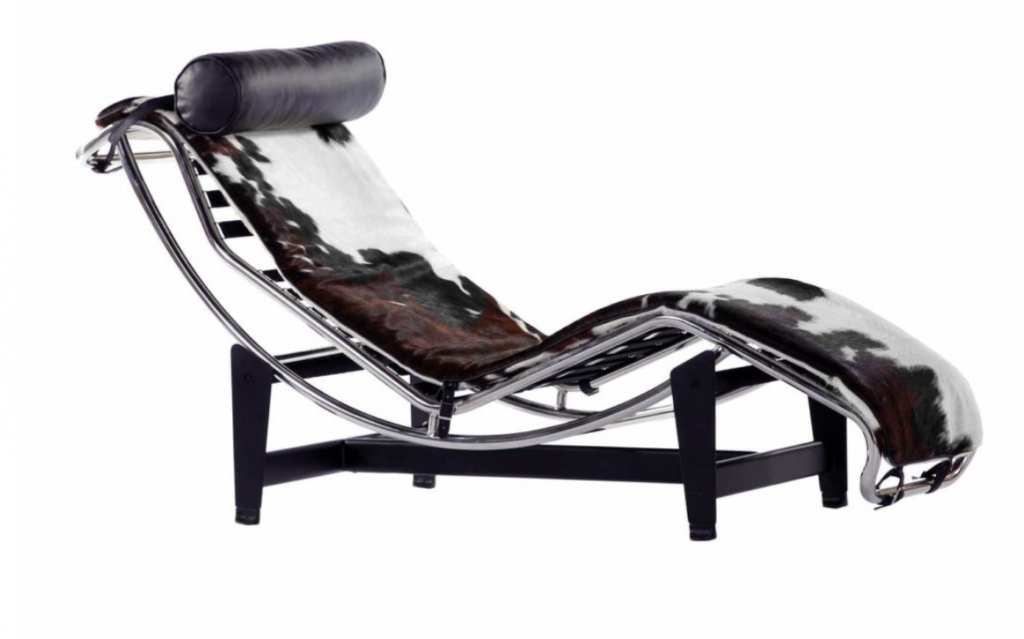I first saw the LC4 Chaise Longueat the Die Neue Sammlung in Munich. I did not, however, see a cowboy.
Charlotte Perriand was inspired by the American cowboy, stretched out, feet up, lounging after a long hard day’s work. This inspiration carried over into the LC4 Chaise Longue chair. Perriand was also a bit punk, and would fit in well with today’s hacker and maker community. “Perriand embodied l’esprit nouveau. She was often pictured wearing a homemade ball-bearing necklace, giving her the look of a lithe component plucked from a finely tuned machine.” Her impressive career stretched decades and focused mainly on architecture. But back to the LC4 Chaise Longue, designed early in her career while with Le Corbusier. More specifically, back to the inspiring metaphor.
Technology advances at the speed in which new metaphors are identified, shared, adopted, and absorbed. Metaphors make the new feel familiar. Metaphors provide the language and mental models for discussing and thinking. Our minds love easy to recall and easy to consider ideas, and so these ideas are more readily adopted. But then a curious thing happens. The more we learn and play with the idea, the less we need the metaphor, and eventually the metaphor fades away altogether. This is the point where a new set of innovations and ideas emerges, along with a new set of metaphors, and the cycle repeats.
Around 1930, Perriand applies the metaphor of the lounging cowboy to the LC4 Chaise Longue. Twenty years later, around 1950, Børge Mogensen applies the metaphor of Perriand’s chair to Morgensen’s Hunting Chair. And twenty years after that, we have lawn furniture inspired by Mogensen and Perriand. Nearly a hundred years later, none of us look at deck furniture on a cruise ship and see a cowboy. We don’t need to. Culture has absorbed the metaphor.
The same pattern happens in IT, albeit at a much faster pace, leading to three considerations for designing security capabilities. First, cultivate a garden of metaphors. We need inspiration to innovate and, perhaps more importantly, we need to inspire to our organizations. Second, don’t move security along faster than the metaphor. Organization need time to adopt and absorb our metaphors. Go too fast, skip metaphors along the way, and we’ll lose people, which will hinder or even stop the organization from adopting our security practice. Beware the curse of knowledge. Finally, increment the metaphors while incrementing the design. Think in stages.
From the castle to the perimeter firewall, from the perimeter to network segmentation, from network segmentation to micro-segmentation, take it one comparison at a time.

This article is part of a series on designing cyber security capabilities. To see other articles in the series, including a full list of design principles, click here.
Posted by